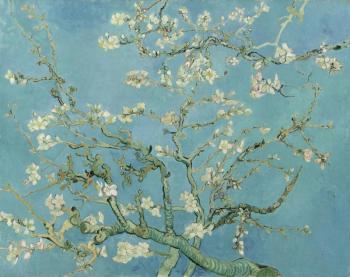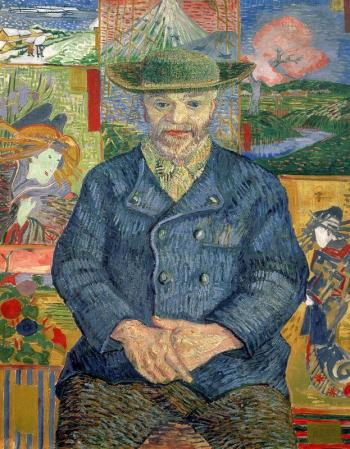‘Van Gogh and Japan’ is topic of June’s art film
Vincent Van Gogh never traveled to Japan, but he was fascinated by Japanese art and culture, and likewise, the Japanese were fascinated by him. On Friday, June 7, 2 p.m. at the Harbor Theater Exhibition on Screen’s film “Van Gogh and Japan” will explore this little-known aspect of his life and work. Tickets are $10 ($8 for members).
The film opens with a critically-acclaimed exhibition at the Van Gogh Museum in Amsterdam, and then travels to the beauty of Provence and the enigma of Japan itself. Featuring Van Gogh’s personal letters and those written by friends and contemporaries, the film reveals the story of Van Gogh’s little-known deep connection to Japanese art, and the role it has in understanding his most iconic works.
Insights from contemporary Japanese artists, including calligrapher Tomoko Kawao and performance artist Tatsumi Orimoto provide revealing and modern perspectives on the rich, symbiotic relationship between Van Gogh and Japan. As Director David Bickerstaff says, “It is the pursuit of a powerful simplicity that attracted Vincent van Gogh to the art of Japan, and the Japanese to his story.”
As the Edo period came to an end in 1868 and Japan opened up to the West, Paris became awash with all things Japanese in the form of decorative objects and colorful woodblock prints (ukiyo-e). Van Gogh became fascinated with elements of their visual culture and how they could be adapted in his own pursuit of a new way of seeing the world. He read descriptions of Japan and studied Japanese works carefully, learning from their bold and contrasting use of color, their compositional fluidity of line and their unusual cropping of natural forms.
In 1888, Vincent left for the south of France in the pursuit of new subject matter and a healthier life. In Provence, he discovered a beautiful landscape, powerful light and exotic people which spoke to his idealized vision of Japan – his Japanese dream. The productive yet troubled years that followed produced some of his most famous works such as the Sunflowers, and his series of iconic portraits.






























